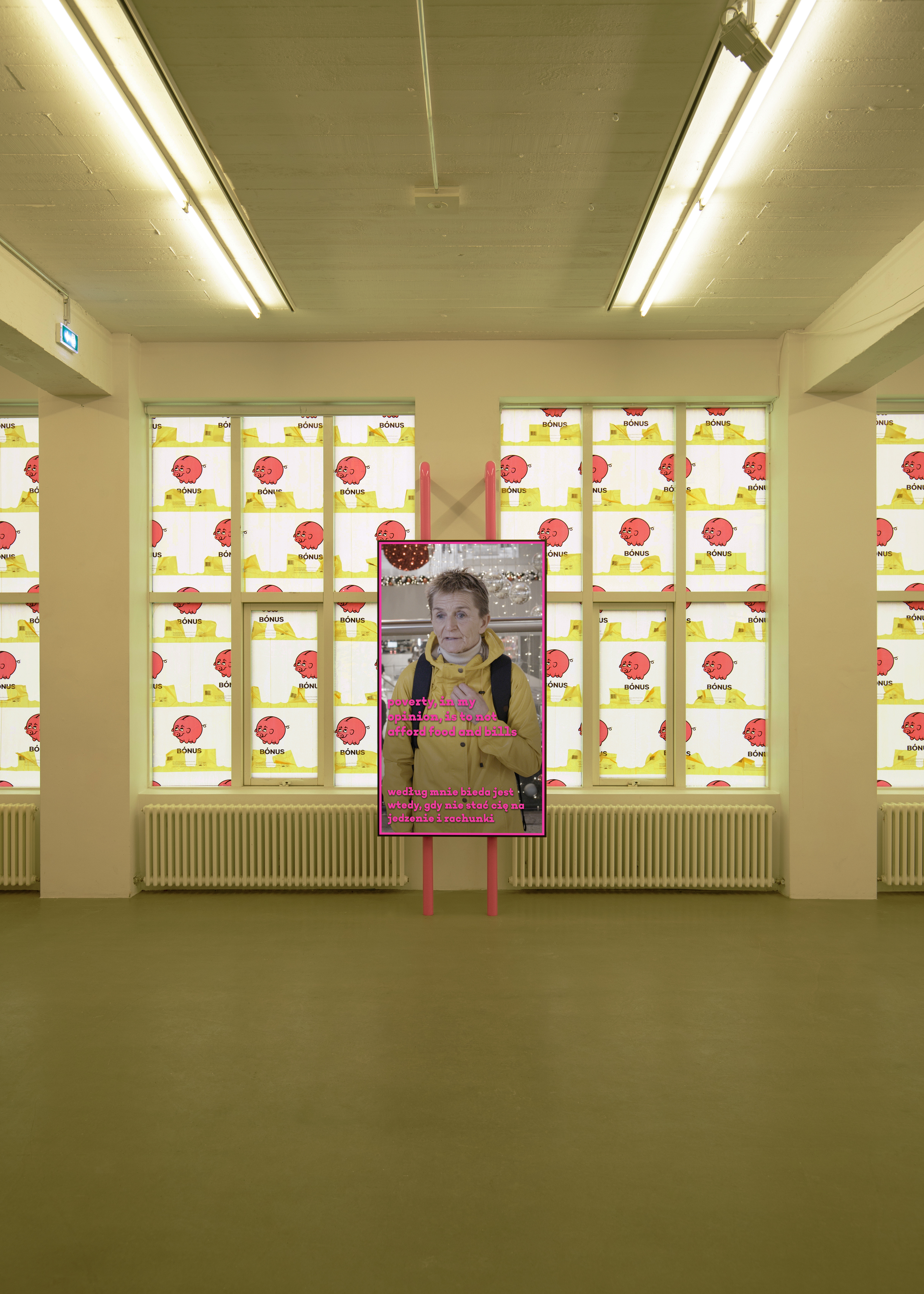
Saemundur Thor Helgason, ‘Why is Iceland so Poor?’, 2024

Saemundur Thor Helgason, ‘Why is Iceland so Poor?’, 2024
![]()
Saemundur Thor Helgason, ‘Why is Iceland so Poor?’, 2024
![]()
Saemundur Thor Helgason, ‘Why is Iceland so Poor?’, 2024
![]()
Saemundur Thor Helgason, ‘Why is Iceland so Poor?’, 2024
![]()
Saemundur Thor Helgason, ‘Why is Iceland so Poor?’, 2024
![]()
Saemundur Thor Helgason, ‘Why is Iceland so Poor?’, 2024
![]()
Saemundur Thor Helgason, ‘Why is Iceland so Poor?’, 2024
![]()
Saemundur Thor Helgason, ‘Why is Iceland so Poor?’, 2024
![]()
Saemundur Thor Helgason, ‘Why is Iceland so Poor?’, 2024
![]()
Saemundur Thor Helgason, ‘Why is Iceland so Poor?’, 2024
![]()
Saemundur Thor Helgason, ‘Why is Iceland so Poor?’, 2024
Saemundur Thor Helgason, ‘Why is Iceland so Poor?’, 2024, documentation
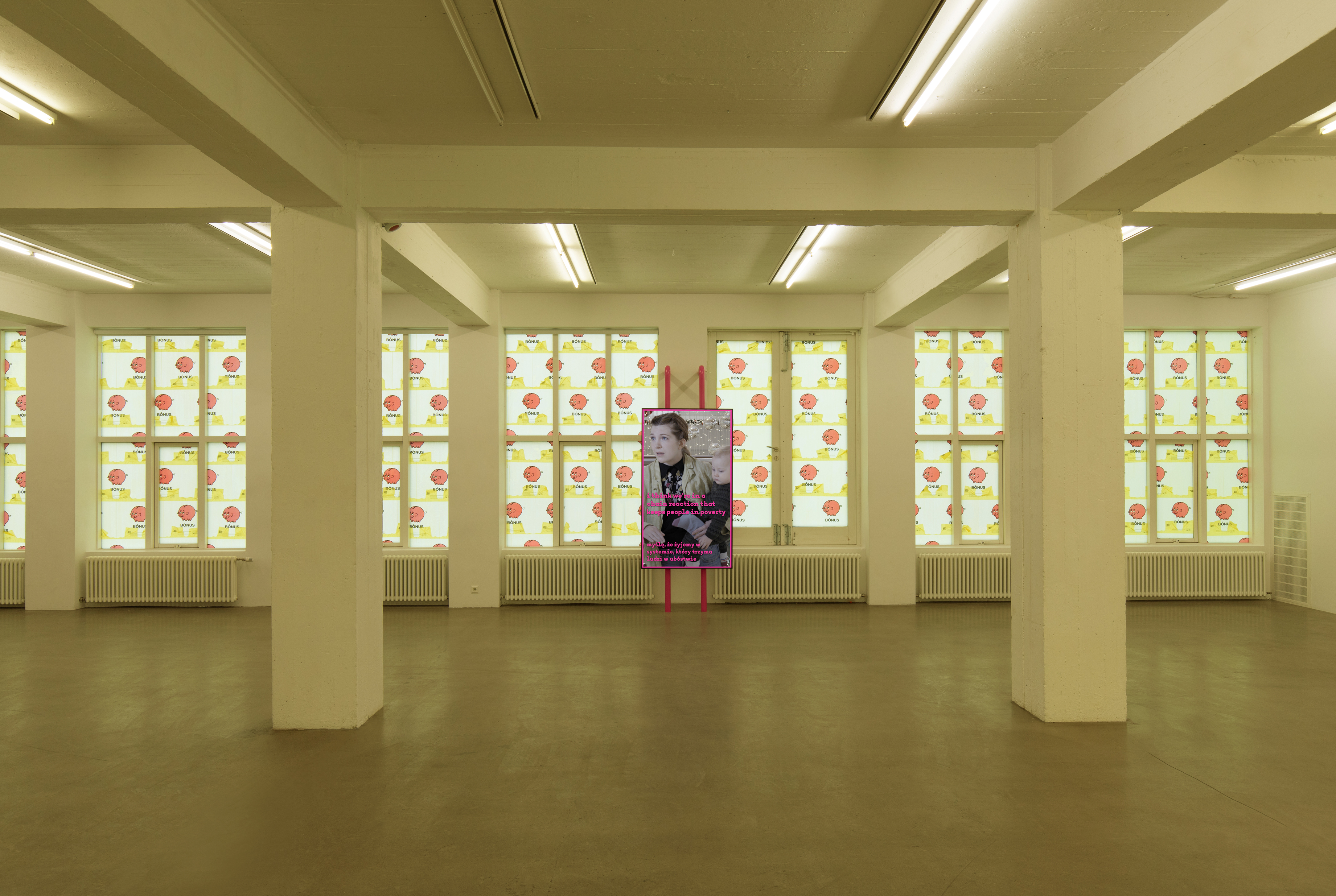
Saemundur Thor Helgason, ‘Why is Iceland so Poor?’, 2024

Saemundur Thor Helgason, ‘Why is Iceland so Poor?’, 2024

Saemundur Thor Helgason, ‘Why is Iceland so Poor?’, 2024
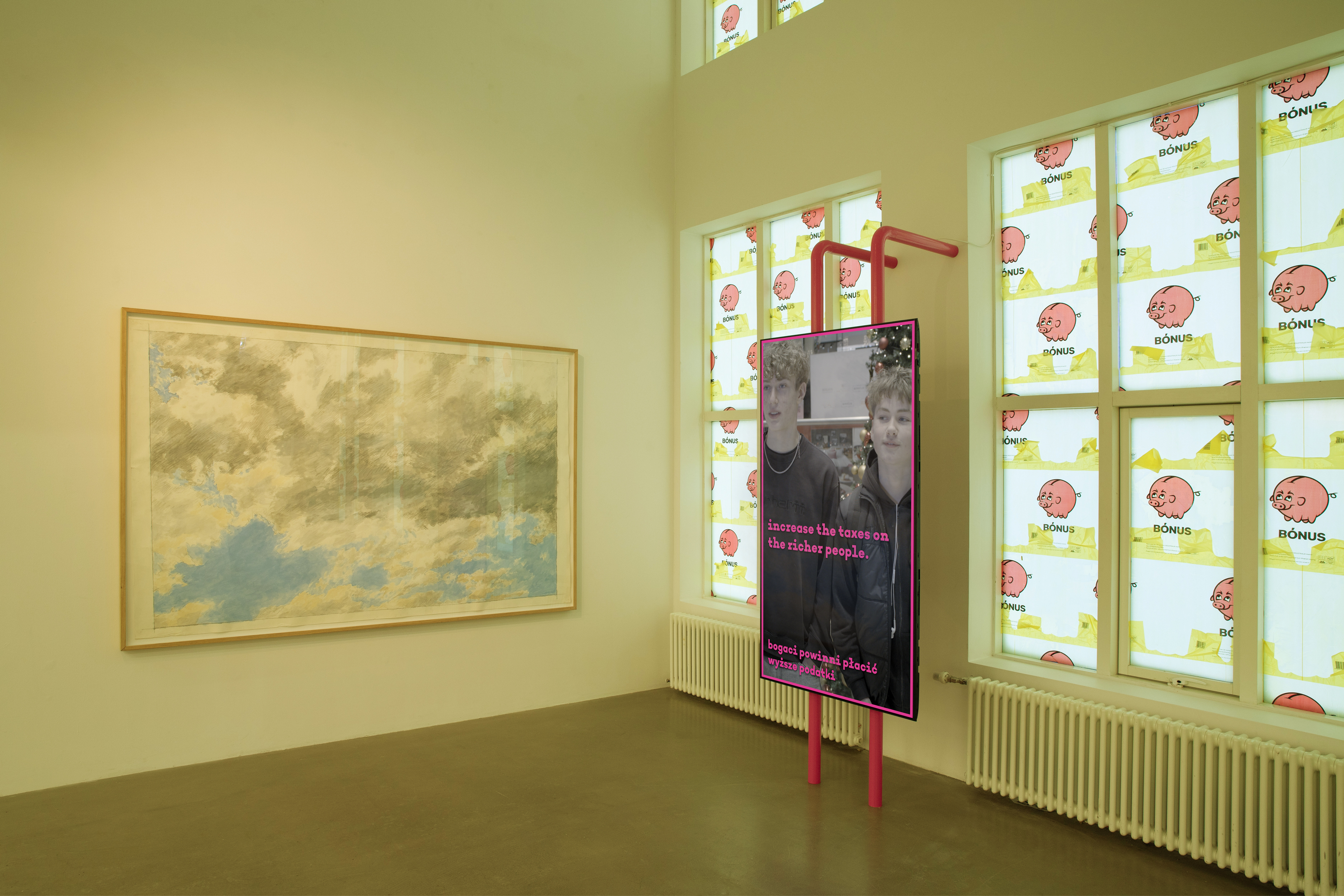
Saemundur Thor Helgason, ‘Why is Iceland so Poor?’, 2024
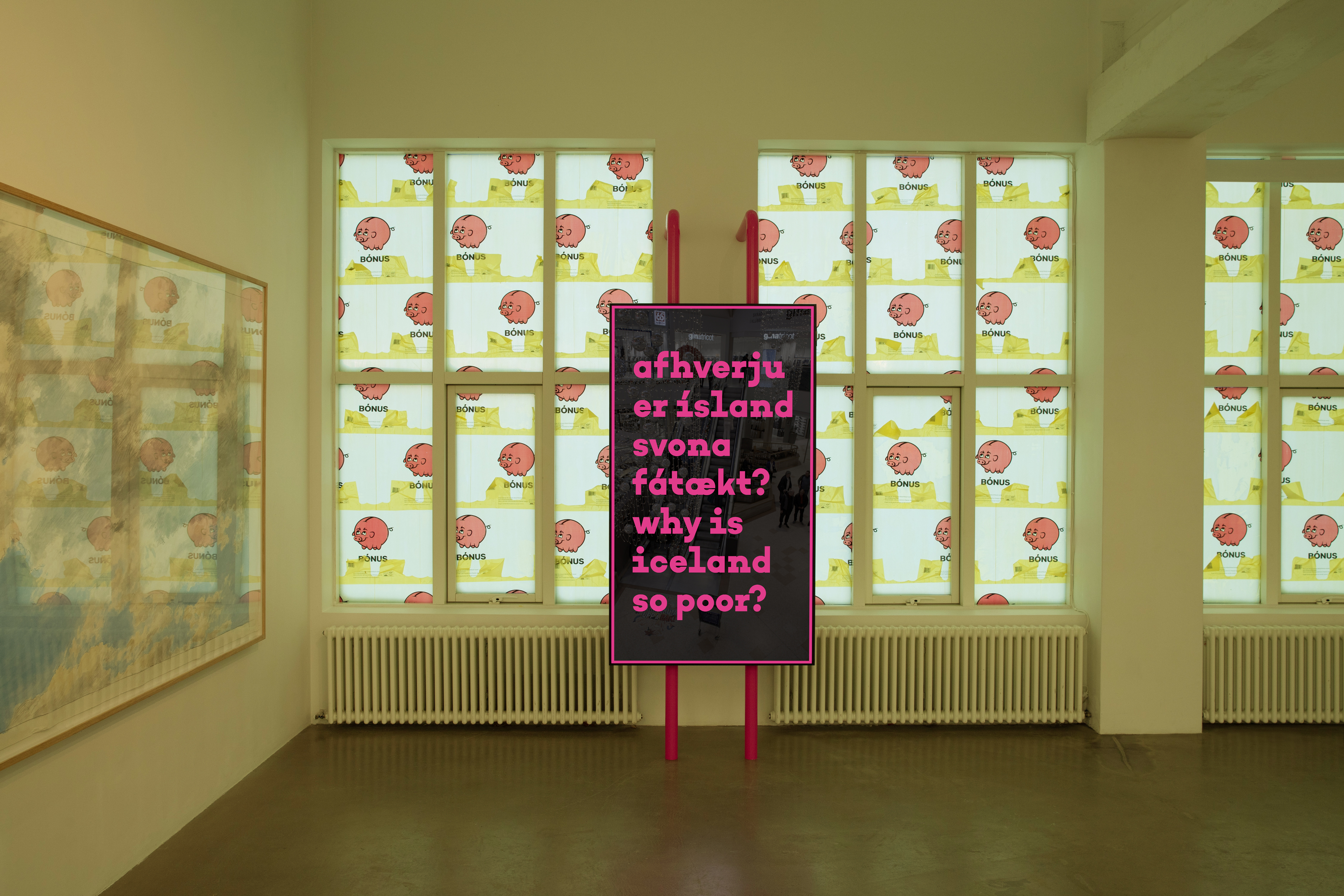
Saemundur Thor Helgason, ‘Why is Iceland so Poor?’, 2024
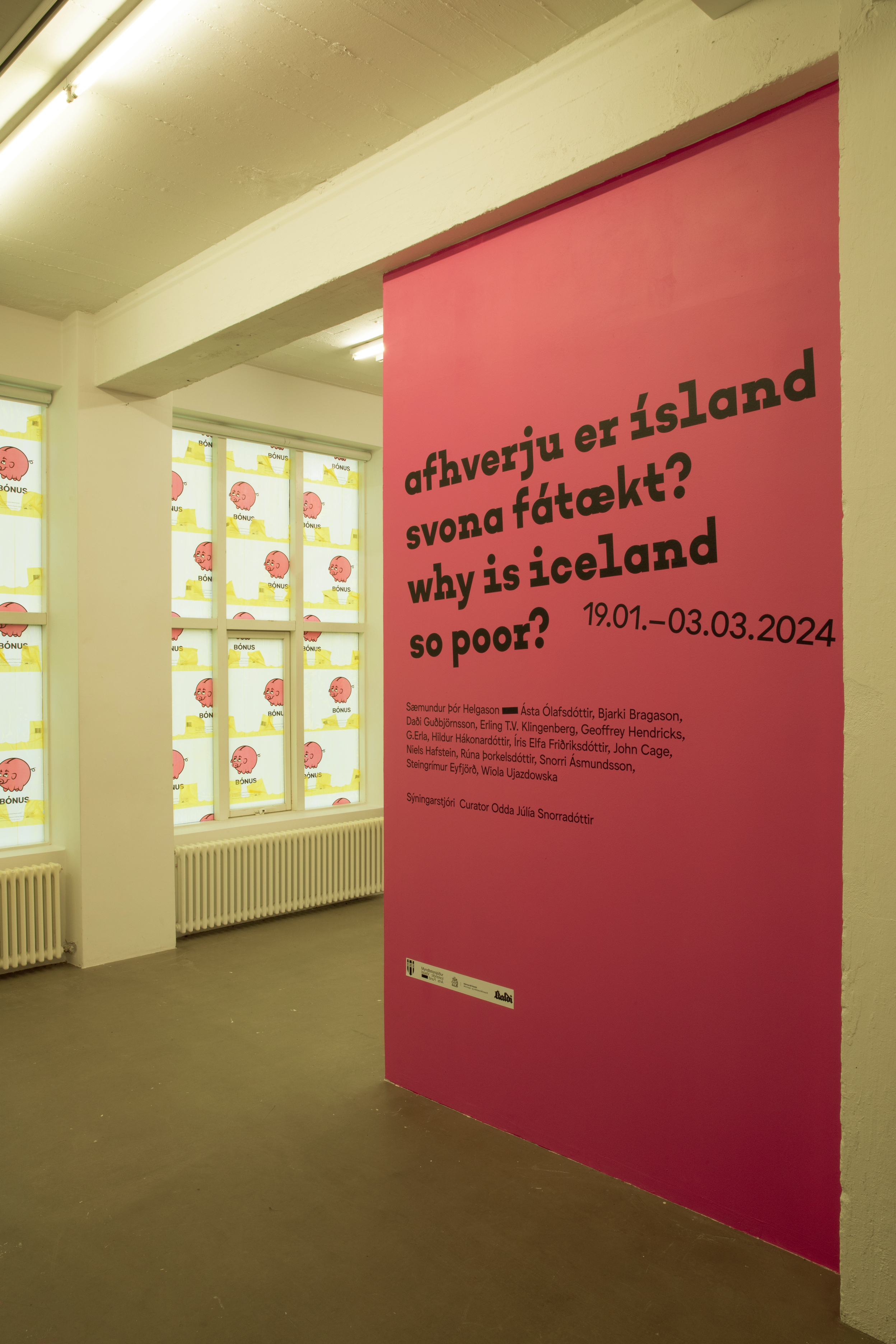
Saemundur Thor Helgason, ‘Why is Iceland so Poor?’, 2024

Saemundur Thor Helgason, ‘Why is Iceland so Poor?’, 2024
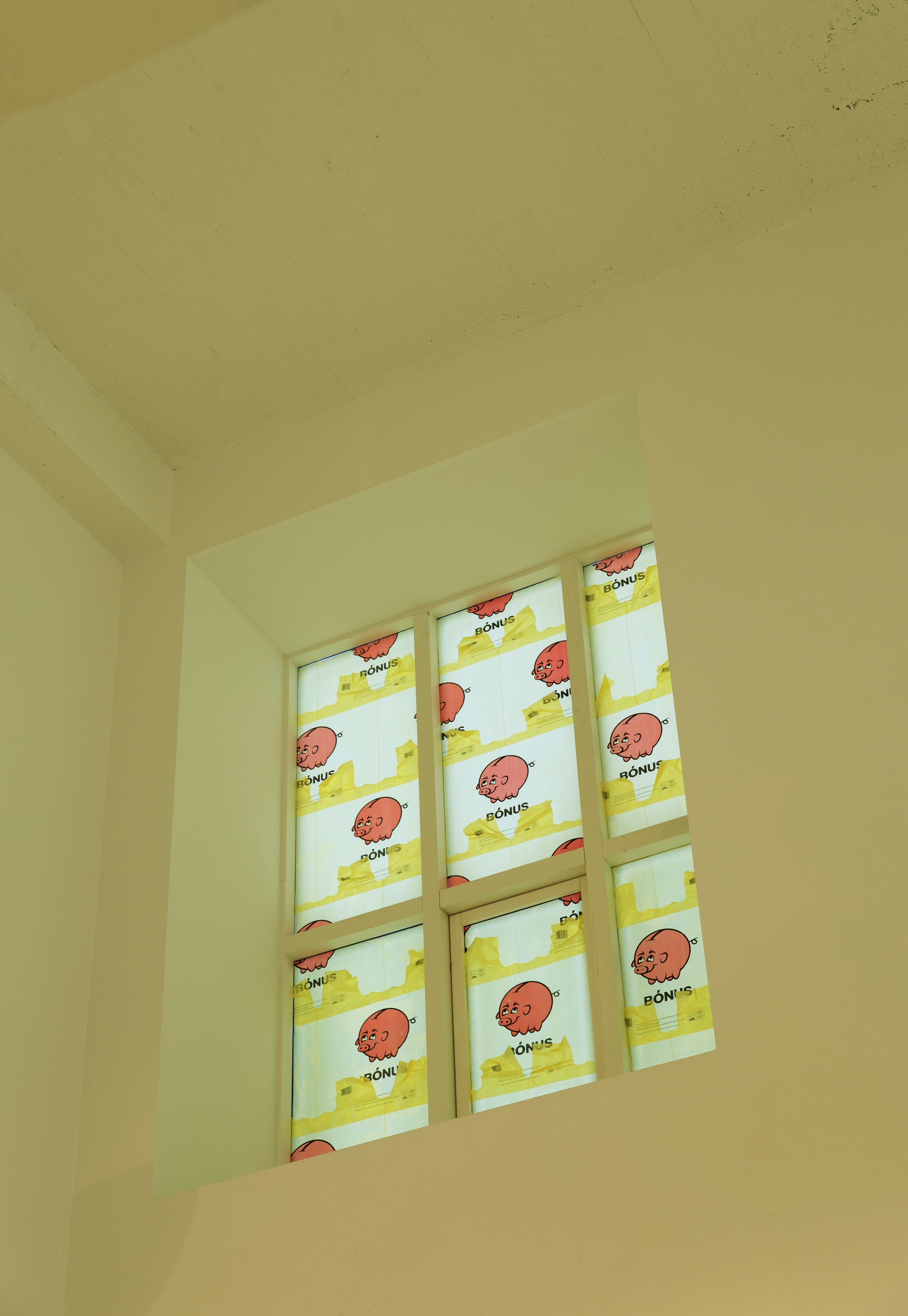
Saemundur Thor Helgason, ‘Why is Iceland so Poor?’, 2024

Saemundur Thor Helgason, ‘Why is Iceland so Poor?’, 2024
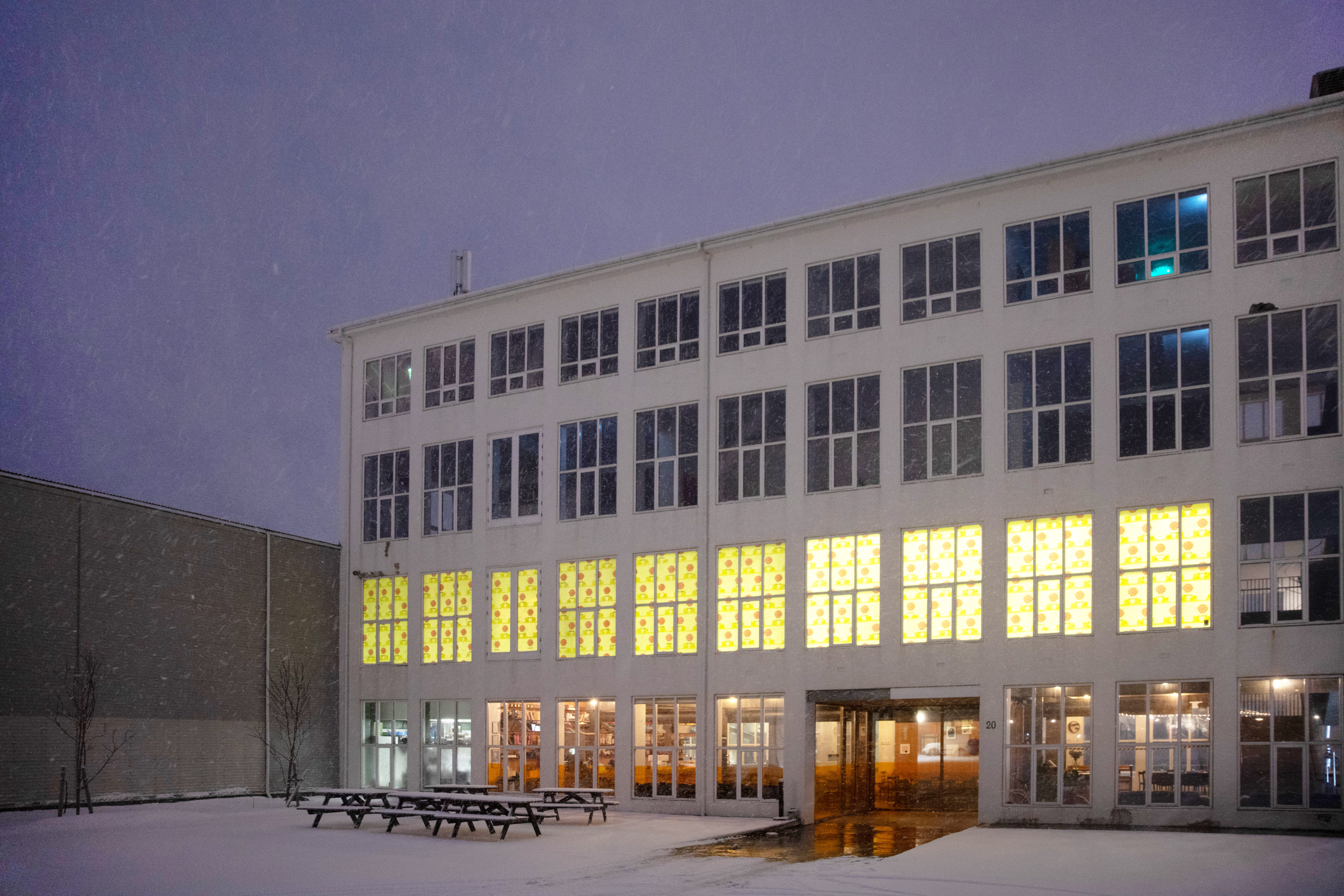
Saemundur Thor Helgason, ‘Why is Iceland so Poor?’, 2024
Saemundur Thor Helgason, ‘Why is Iceland so Poor?’, 2024, documentation
‘Why is Iceland so Poor?’, Interview on RÚV - Icelandic national TV, 2024
‘Why is Iceland so Poor?’, Interview on Samstöðin TV - Rauða Borðið, 2024
‘Why is Iceland so Poor?’, Interview on Samstöðin TV - Rauða Borðið, 2024
‘Why is Iceland so Poor?’, social media teaser, 2024
Why is Iceland so Poor?
The Living Art Museum, Reykjavik
2024
Artist Saemundur Thor Helgason asks the question “Why is Iceland so poor?” in a new work exhibited at The Living Art Museum in dialogue with the museum's collection.
In the days leading up to Christmas, Helgason approaches customers at the shopping center Kringlan to ask them about poverty in Iceland. Their answers unfold over three screens placed throughout the exhibition space. The videos effectively divide the exhibition into three chapters, each corresponding to the questions posed to the public — What is poverty? Is there poverty in Iceland? Why (not)? How can Iceland rise out of poverty?
The interviews resemble a style that RÚV (the national broadcasting service of Iceland) uses to report on public opinion on current issues. The conversations are impromptu, the subjects allow for a brief interruption to their last minute Christmas shopping. Within the festive decor of the winter holidays, they pause to weigh in. The passageway of the mall, generally used for circulation, to maintain the flow of commerce, briefly becomes a platform for public opinion on the economy as felt from their individual standpoints. The work takes the image of Iceland, which is quite manicured through its national travel agencies, and diversifies it – representing and platforming the different people, contradictory discussions, and real-world concerns that take place on the island. A kind of social realism, a deviation from the highly manicured image of Iceland created by its tourism board.
The aesthetics of the exhibition are inspired by the graphic identity of Bónus, a chain of grocery stores that was originally founded to provide their customers with the lowest possible food prices. In his installation, Helgason covers the windows of the museum with shopping bags from Bónus arranged in a pattern that transforms the light in the space. The three screens are presented on pink steel pipes, inspired by the interiors of the stores.
“Why is Iceland so poor?” surfaces the concerns of the nation today, while simultaneously considering it as part of ongoing conversation on the lived experience of Icelanders. Amongst the 3 screens are different artworks from The Living Art Museum’s collection, meticulously chosen in correspondence to the answers of Helgason’s interviewees. The exhibition proves that poverty, contrary to popular belief, has deep roots into Iceland’s society. These works and these answers serve as an open forum on wealth and its unequal division in society today.
Artists: Ásta Ólafsdóttir, Bjarki Bragason, Daði Guðbjörnsson, Erling Klingenberg, Geoffrey Hendricks, G.Erla, Hildur Hákonardóttir, Íris Elfa Friðriksdóttir, John Cage, Niels Hafstein, Rúna Þorkelsdóttir, Snorri Ásmundsson, Steingrímur Eyfjörð, Sæmundur Þór Helgason, Wiola Ujazdowska.
Curator: Odda Júlía Snorradóttir
Graphic design: Gabriel Markan
Videographer: Arnar Ásgeirsson
Producer: Odda Júlía Snorradóttir
Music: Magnus Moone
Metal work: Helgi Þór Jónsson
Special thanks: Brianna Leatherbury
and Hrafnhildur Helgadóttir.
The Living Art Museum, Reykjavik
2024
Artist Saemundur Thor Helgason asks the question “Why is Iceland so poor?” in a new work exhibited at The Living Art Museum in dialogue with the museum's collection.
In the days leading up to Christmas, Helgason approaches customers at the shopping center Kringlan to ask them about poverty in Iceland. Their answers unfold over three screens placed throughout the exhibition space. The videos effectively divide the exhibition into three chapters, each corresponding to the questions posed to the public — What is poverty? Is there poverty in Iceland? Why (not)? How can Iceland rise out of poverty?
The interviews resemble a style that RÚV (the national broadcasting service of Iceland) uses to report on public opinion on current issues. The conversations are impromptu, the subjects allow for a brief interruption to their last minute Christmas shopping. Within the festive decor of the winter holidays, they pause to weigh in. The passageway of the mall, generally used for circulation, to maintain the flow of commerce, briefly becomes a platform for public opinion on the economy as felt from their individual standpoints. The work takes the image of Iceland, which is quite manicured through its national travel agencies, and diversifies it – representing and platforming the different people, contradictory discussions, and real-world concerns that take place on the island. A kind of social realism, a deviation from the highly manicured image of Iceland created by its tourism board.
The aesthetics of the exhibition are inspired by the graphic identity of Bónus, a chain of grocery stores that was originally founded to provide their customers with the lowest possible food prices. In his installation, Helgason covers the windows of the museum with shopping bags from Bónus arranged in a pattern that transforms the light in the space. The three screens are presented on pink steel pipes, inspired by the interiors of the stores.
“Why is Iceland so poor?” surfaces the concerns of the nation today, while simultaneously considering it as part of ongoing conversation on the lived experience of Icelanders. Amongst the 3 screens are different artworks from The Living Art Museum’s collection, meticulously chosen in correspondence to the answers of Helgason’s interviewees. The exhibition proves that poverty, contrary to popular belief, has deep roots into Iceland’s society. These works and these answers serve as an open forum on wealth and its unequal division in society today.
Artists: Ásta Ólafsdóttir, Bjarki Bragason, Daði Guðbjörnsson, Erling Klingenberg, Geoffrey Hendricks, G.Erla, Hildur Hákonardóttir, Íris Elfa Friðriksdóttir, John Cage, Niels Hafstein, Rúna Þorkelsdóttir, Snorri Ásmundsson, Steingrímur Eyfjörð, Sæmundur Þór Helgason, Wiola Ujazdowska.
Curator: Odda Júlía Snorradóttir
Graphic design: Gabriel Markan
Videographer: Arnar Ásgeirsson
Producer: Odda Júlía Snorradóttir
Music: Magnus Moone
Metal work: Helgi Þór Jónsson
Special thanks: Brianna Leatherbury
and Hrafnhildur Helgadóttir.